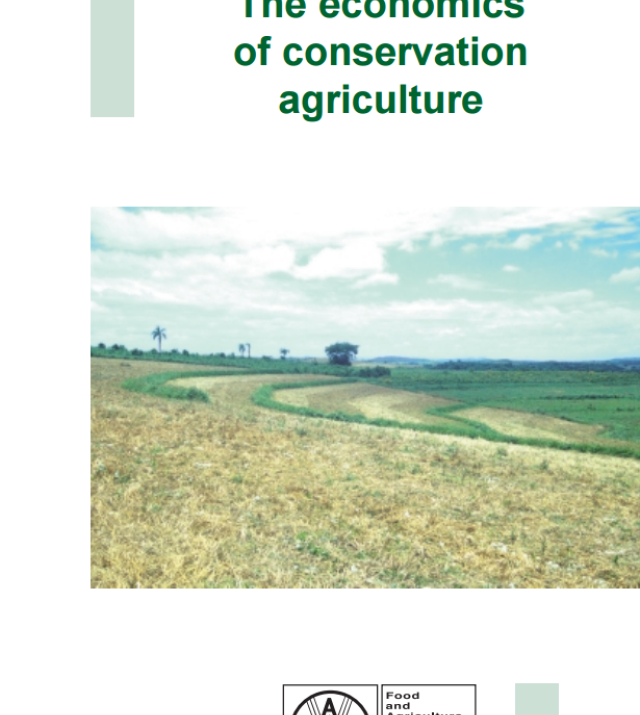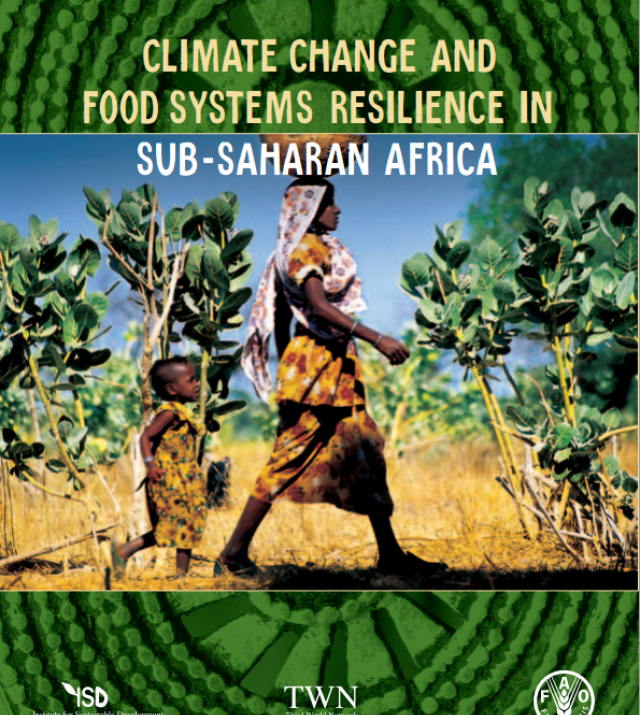
Conservation Farming & Conservation Agriculture Handbooks - 2007 Edition

This resource contains two handbooks: Conservation Farming & Conservation Agriculture Handbook for Ox Farmers in Agro-Ecological Regions l & lla and Conservation Farming & Conservation Agriculture Handbook for HOE Farmers in Agro Ecological Regions I & IIa. While focusing on farmers in Zambia, these resources are practical and can be easily understood and adopted by all serious farmers. Please find descriptions of both below:
1. Conservation Farming & Conservation Agriculture Handbook for Ox Farmers in Agro-Ecological Regions l & lla
Practically all ox farmers in Zambia plough their fields at the onset of the rains like their fathers and grandfathers before them. Even the many thousands of farmers who have lost their oxen from Corridor and other cattle diseases wait until they can hire or borrow animals from their neighbours to plough. Ploughing is a tradition so farmers accept it without question. If you asked any Zambian farmer that you found ploughing his fields why he was doing so, he would assume that you were extremely ignorant.
This Handbook is for ox farmers who farm in Agro-ecological Regions I & IIa. Farmers who follow the recommendations in this book will increase crop yields, reduce production costs and improve the fertility of their soils. They will also be in a better position to confront the threat of climate change and will regenerate the environments in which they live. The farming systems recommended are practical and can be easily understood and adopted by all serious farmers.
2. Conservation Farming & Conservation Agriculture Handbook for HOE Farmers in Agro Ecological Regions I & IIa
This updated handbook is for hoe farmers who farm in Agro-ecological Regions I & II and who follow flat culture rather than ridge culture. The results of Conservation Farming (CF) speak for themselves and many thousands of small-scale farmers in Zambia are now benefiting from these simple practices. We hope this booklet will encourage more farmers to adopt CF.
In this Handbook, we also explain the principles of Conservation Agriculture (CA). If conservation farmers adopt CA, the benefits to them will be even greater. If farmers are to reap the many benefits of CF and CA it is essential that they are carefully trained in the basic practices. We therefore hope that NGOs and other agencies engaged in the promotion of CF and CA use this booklet to make sure that farmers know exactly what to do and how to do it.
Conservation Farming and Conservation Agriculture can benefit farmers well beyond the boundaries of Zambia. If you work with small-scale farmers in a neighbouring country or even further away, CF and CA may provide the breakthrough you have been looking for. Don’t hesitate! Take these ideas to your farmers, give them some practical training and let them try them out for themselves.

